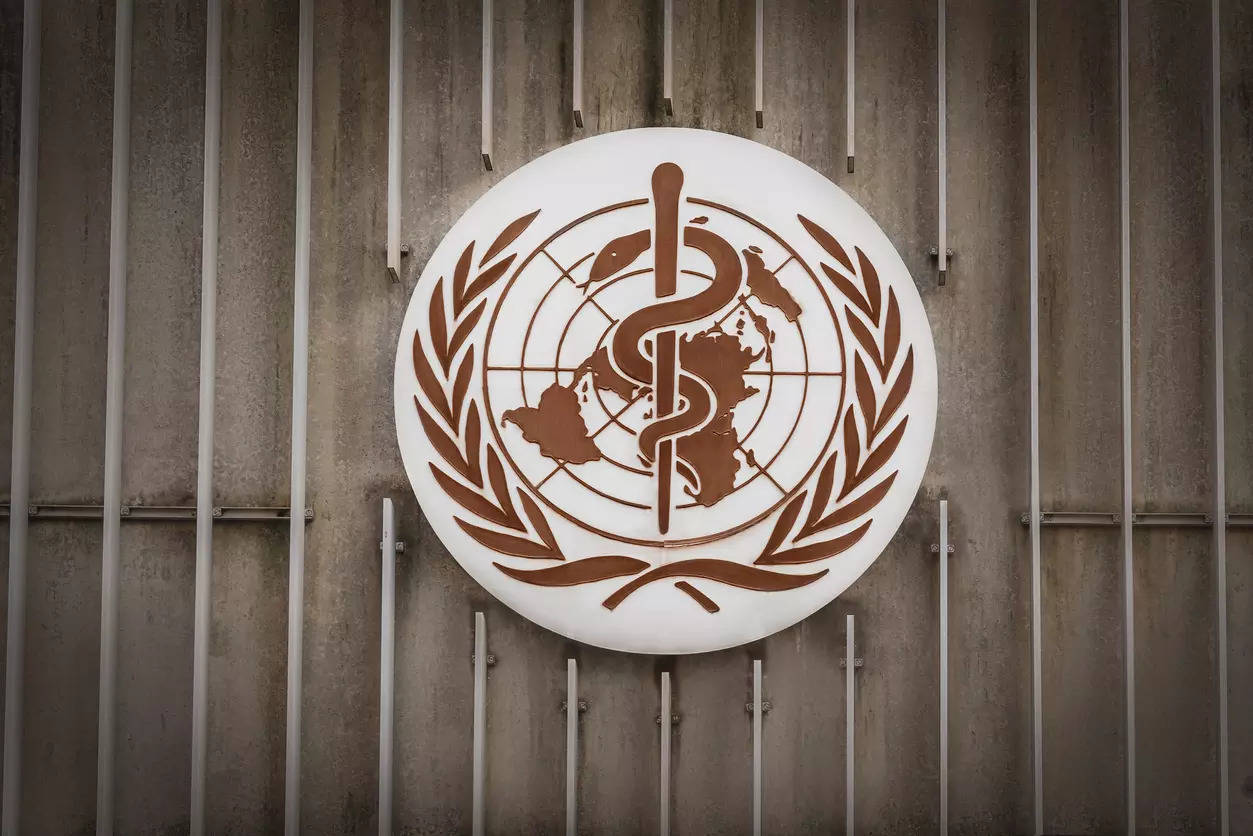
Prime Minister Narendra Modi exchanges greetings with Ukrainian President Volodymyr Zelenskyy during a bilateral meeting, at Mariinsky Palace, in Kyiv. File
| Photo Credit: ANI
A day after Prime Minister Narendra Modi concluded his visit to Ukraine, Russia rained missiles on Ukraine over the weekend. The visit which was high on symbolism saw some sharp remarks by President Volodymyr Zelenskyy over India’s oil purchases from Russia while officials in India assert that it helped maintain stability in the global economy as Europe has been a major recipient of the oil. Any peace effort should involve both the parties and as of now there is no common ground on that, officials noted.
On the defence front, in regard to Mr. Zelenskyy’s pitch for co-production of a range of equipment including drones and electronic warfare systems, several officials said the priority for India right now is to ensure continued supply of spares and components for Ukraine-origin platforms in service and their operational availability. Some arrangements are being worked out, they said.
With the Ukraine offensive in Kursk region of Russia, any immediate possibilities for any peace have become even more remote, several officials who did not wish to be named said while noting that there are several countries which are trying to broker peace. Officials referred to External Affairs Minister S. Jaishankar’s remarks that there are “multiple possibilities here and multiple views about those possibilities” and that any peace effort should involve both the parties. The visit will give a push to bilateral trade and other aspects which have hit a wall since the war, they noted.

Addressing the media after talks between the two leaders, Dr. Jaishankar noted that there is a “diversity of views” not just involving India but many other countries who had also taken part in the first peace summit in Switzerland. “Now what we heard from the Ukrainian side today was their view and their expectation on how to go forward, which is understandable. But I think… our view is that any exercise, if it has to be productive, will naturally have to involve the other party concerned. It cannot be… a completely one-sided effort which would fructify,” he stated.
In an interaction with the Indian media, Mr. Zelenskyy said the second peace summit should be held in the Global South, possibly in the Middle East and went on to suggest that it could be held even in India. However, he quickly questioned how could it be held in a country which hadn’t endorsed the joint communique (in the first summit). Reiterating the Indian stand, officials observed that for any effort by India, both the parties should be on board.

The Ukraine President said they would like India to support one of the proposals in the 10-point peace formula, related to release of children by Russia. Referring to the Ukrainian people, both military and civilians in Russian captivity, the proposal calls for release of prisoners – “all for all” – and the release of all children and adults who were illegally deported to Russia. Noting that several countries have supported the proposal, he added, “India can select any of the points [in the peace formula]. We are open to have a fair and open dialogue.”
Beyond the optics, on the ground, over 2,000 Indian students, mostly final-year medical students, had returned to complete their courses as the possibility of transfers to other universities in Europe did not fructify. Not long ago, there were more than 20,000 Indian students in Ukraine and a majority of them returned to India after the war broke out in 2022. “Some have come back, between 2,000 to 2,500. They’ve come back because there are various academic compulsions,” Dr. Jaishankar noted.
The Indian community also welcomed the agreements on Pharma and Agriculture sectors that were concluded. India and Ukraine had signed four agreements as Mr. Modi and Mr. Zelenskyy looked on in approval. There was enthusiasm on both sides, especially over the agreements on Agriculture and Pharmaceuticals. “They are beneficial agreements. The pacts on pharmaceuticals and drugs will align Indian standards with those in Ukraine, which follows EU standards and will help increase India’s pharma exports to the country,” an official in the know said.
The pacts will remove hurdles and simplify Ukrainian agricultural exports to India and import of medicines from India, Kuldeep Kumar, an Indian businessman based in Kyiv, said. On the Pharmaceuticals sector which he deals in, he said they face lot of hurdles for importing medicines from India, especially over Good Manufacturing Practices (GMP) standards and expressed hope that the agreements will simplify these regulatory hurdles.
Before the war, a significant portion of India’s sunflower oil imports used to come from Ukraine. However, in the immediate aftermath of the war, several lakh metric tonnes of sunflower oil contracted and paid for by India were stuck in the Black Sea and India sought to buy additional palm oil from Malaysia and soyabean oil from the U.S. to tide over the crisis. However, the situation has significantly improved, with much of the oil arriving. In fact, in June, India imported record volumes of sunflower oil from Ukraine as the prices dropped in comparison to soyabean oil.
On the defence front, all three services of the Indian military have platforms from Ukraine, with the Navy and Air Force having significant share. For instance, over 30 frontline warships of the Indian Navy are powered by engines from Ukraine’s Zorya Nashproekt. In addition to an indigenisation plan worked out by the Navy for certain spares and maintenance, Zorya is looking to tie up with an Indian company to carry out certain level of engine maintenance, reducing the need to ship engines to Ukraine, as reported by The Hindu earlier.








![Best Weight Loss Supplements [2022-23] New Reports!](https://technologytangle.com/wp-content/uploads/2022/12/p1-1170962-1670840878.png)




